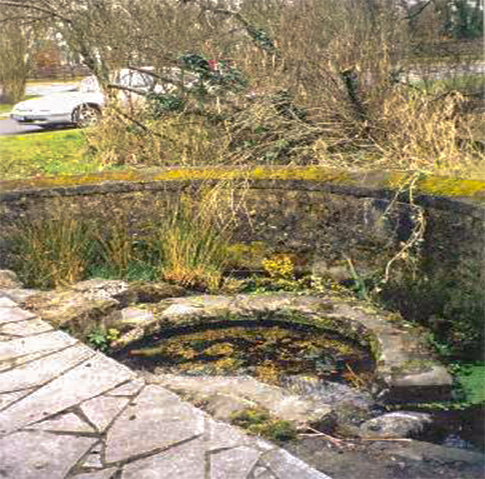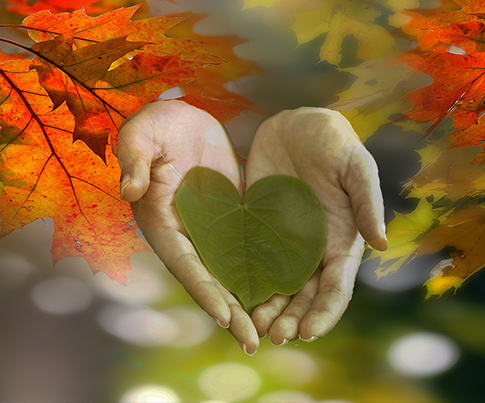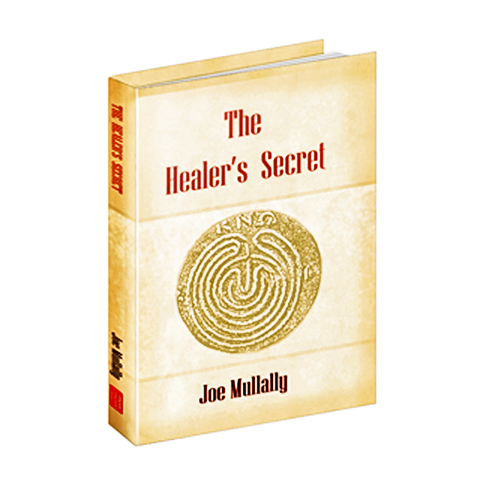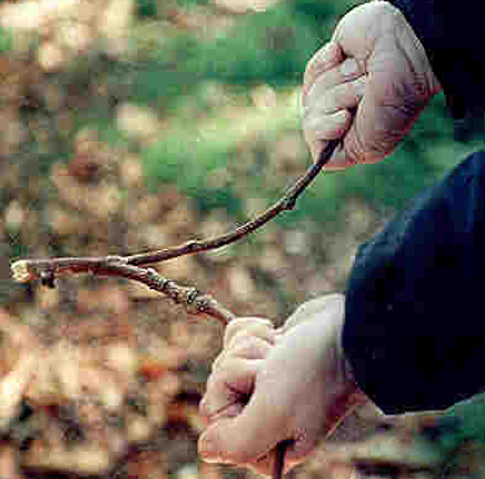Sacred Space
Building a Shrine
traditional practices
with Joe Mullally - traditional shaman healer & diviner
scroll downIntroduction
From the traditional perspective, deep inside each of us, far beyond the physical level lies our 'true' heart, the centre of our personality, the soul of who we really are. It is here in our practice we come to meet our inner teachers, our guides, the ones who hold the keys to our life purpose, our true nature, the mystery of that which makes each of us unique and special in the world. In fact no matter which spiritual path we follow it eventually leads us here - home to ourselves. It is in knowing our own heart and living it that we experience true happiness.
Tradition shows us that place and land have personalities too - very house, garden, factory, farm, river valley and mountain pass has a soul of it's own. This is why we feel inextricably drawn to particular places. We may set about buying a house, for instance, and reject dozens of them only to find ourselves totally captivated by one. And while to others this chosen spot may seem outwardly unremarkable, for us there will be an unmistakable 'something' that sets it apart absolutely from all the rest. This is what happens when a place touches our heart, when there is a knowing, an empathy, a recognition, between something deep in it and something deep in us.
And when such rapport is very strong we may pawn all we own, sacrifice everything to buy it - or conversely, it's asking price may miraculously drop to match exactly what we can afford. So often people seem to 'find' such places by pure accident. They happen upon them perhaps on the way to somewhere else. It is my own experience that we totally underestimate how much 'place' has it's own say in these things too, for at the deeper more subtle levels, place may often have the final say in choosing the people who live there, and not the other way round.

-

The role of humanity in nature
We are minute creatures walking round on a huge planet - albeit ones who really need to get a grip on this over-inflated modern scientific worldview of our own importance. Shamanic practice reawakens us to the living awareness of nature, her intricate web and process - the awareness of how we play our own unique part in her just as everything else does. One very important aspect of this lies in how place sees and perceives itself intimately through our eyes. Place somehow instinctively senses how we are feeling and thinking about it - especially if it has empathy with us - and this phenomenon can have far reaching effects on how the place views itself. For instance, sometimes we can come across a 'rubbished' place and pick up all the garbage only to find the situation just as bad again there in a few days. Leaving aside the obvious point regarding the flawed mentality of people who rubbish their earth, there is no denying too that some places seem to actively attract the stuff back there despite our best efforts at keeping them clean. And when we bring about a 'change of heart' in such a place, miracles happen, for when a place feels content about itself the effect is also infectious. In this case, we return to find that not only is there no rubbish scattered round, but to the contrary, others have also been moved to respond to the new atmosphere, adding their own touches by bringing and planting a tree or arranging rocks round a water pond etc. there.
-

We have many ways to honour 'spirit of place' or actively encourage a 'change of heart' there. One of the oldest and most powerful shamanic ways of doing this is by raising a shrine. From the earliest times, cultures across the world have always set apart small areas in their homes, temples, work places or sacred spaces, and put something special there as a focus and reminder of spiritual presence in that place and in their own lives.
When we make a shrine anywhere it connects us strongly with the spirit of the place where we build it, whether this is in our own home, our garden, or on a wild mountain pass. Nor do shrines have to be replete with elaborate adornments and complicated carvings etc. Such considerations have to do with cultural background, and honouring with particular creativity, styles and traditions. It is far better to resist temptations to copy and imitate, for the resonant beauty of the gift we create for somebody with our own hands is always infinitely greater than that of one (albeit far more expensive) bought ready made in a shop. No, the real secret of a powerful shrine lies in our working partnership with the place where we build it. For instance, we should first seek intuitively, the best spot to erect it. This in itself encourages us to look, feel, and learn about the place. And if we then proceed with patience - going with our intuition, using 'found' materials (i.e. things that are lying about or which come our way 'coincidentally'), and experimenting with different ideas and methods - the project soon takes on a life of it's own. We should aim for simplicity, removing what isn't required, replacing multiple items where possible etc. until at last both builder and place are happy with the end result. The best shrine celebrates the heart of the place where it resides, the heart of the person who built it, and the relationship between them.
From time to time we may be moved to carry out changes and modifications to our original work. This is as it should be, for we all change with time and a living shrine will change to reflect this.


